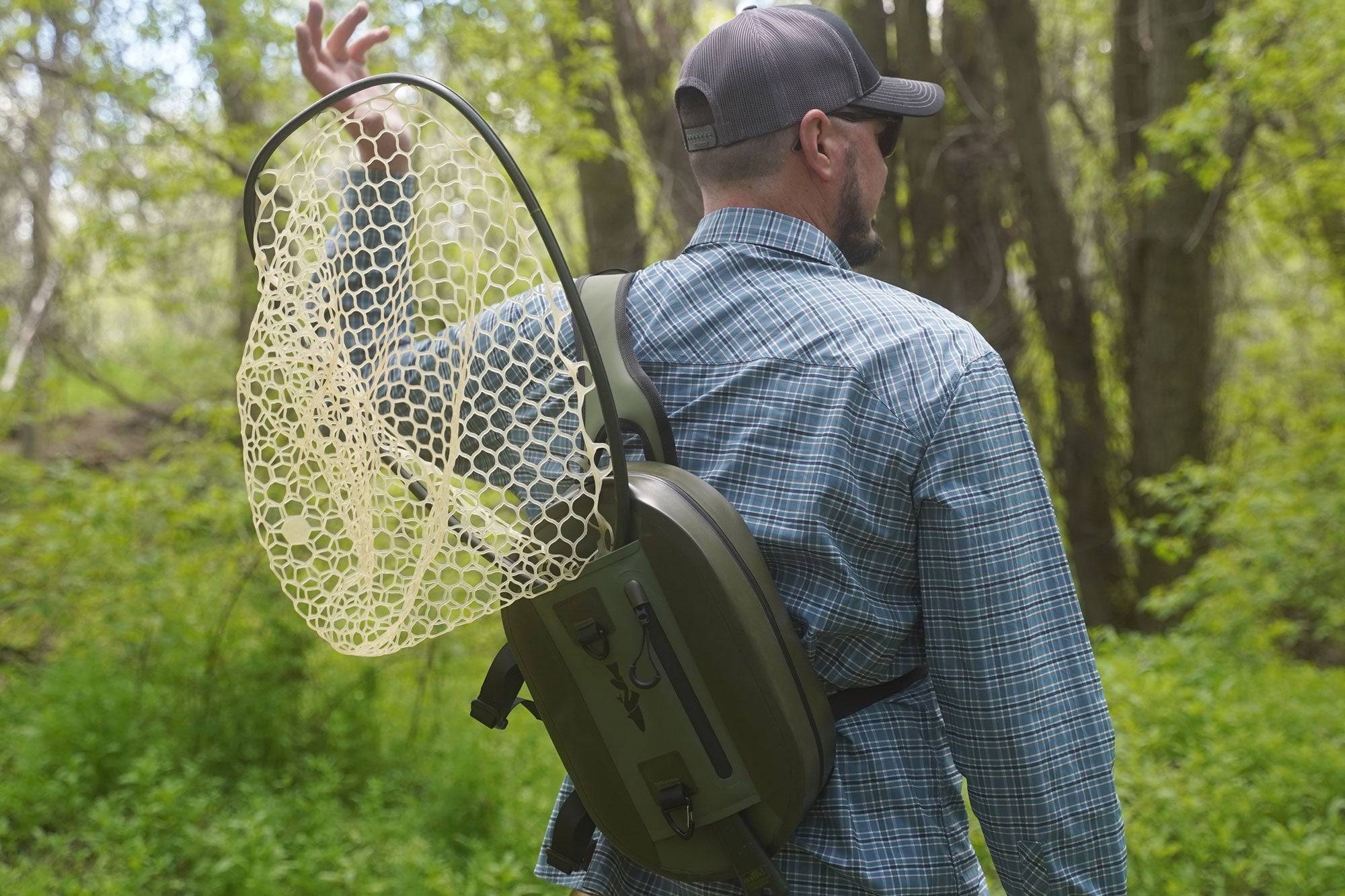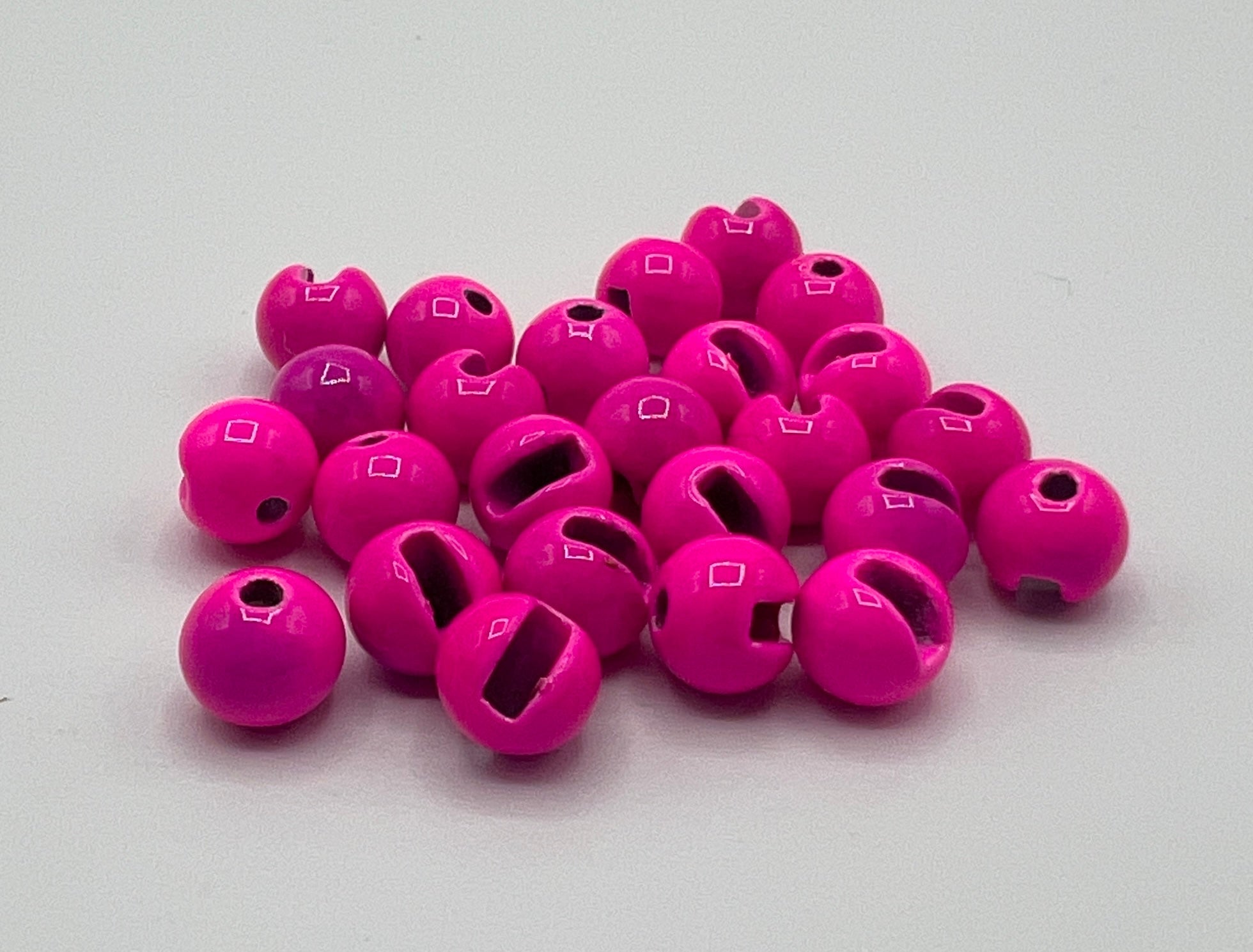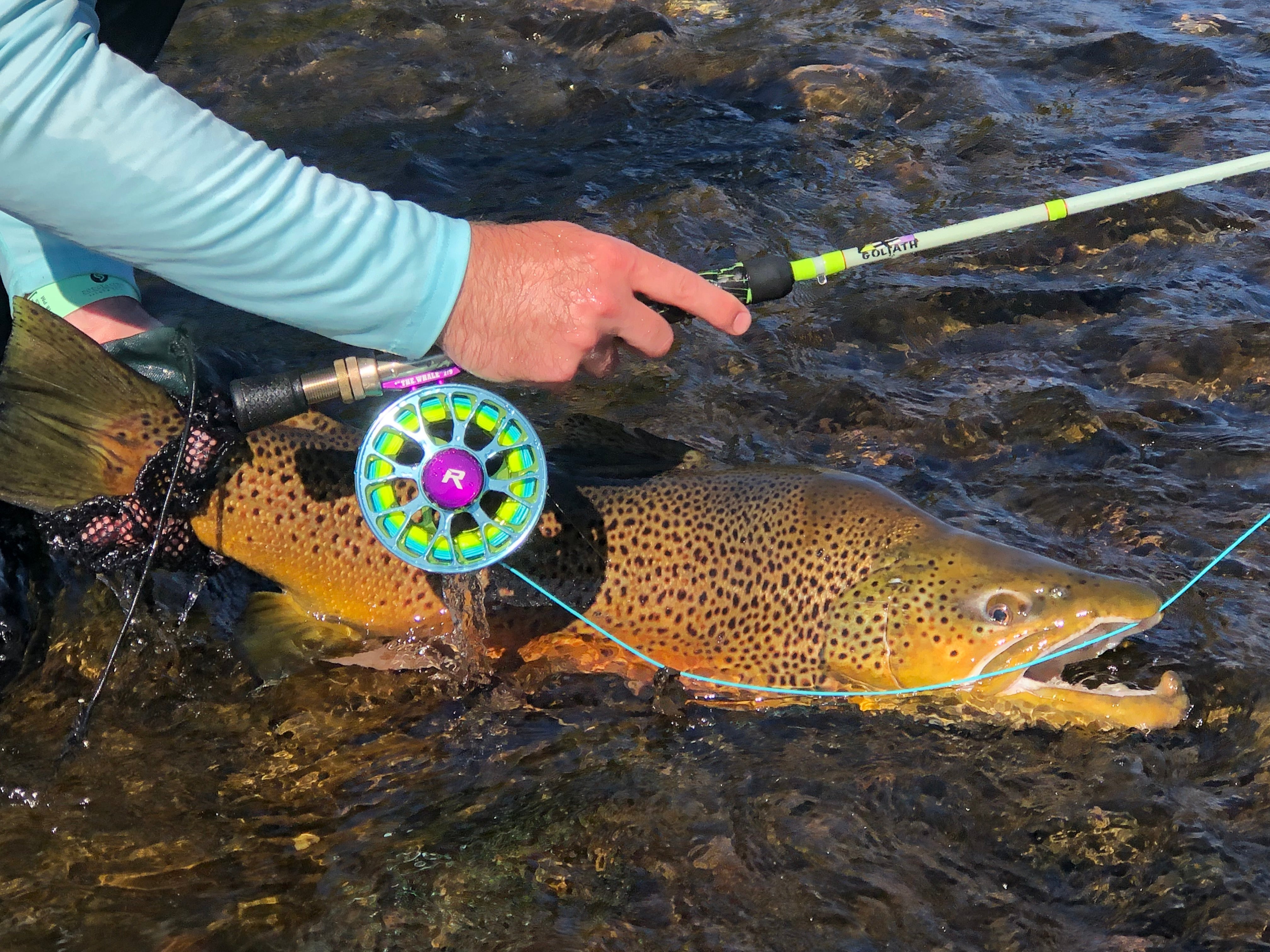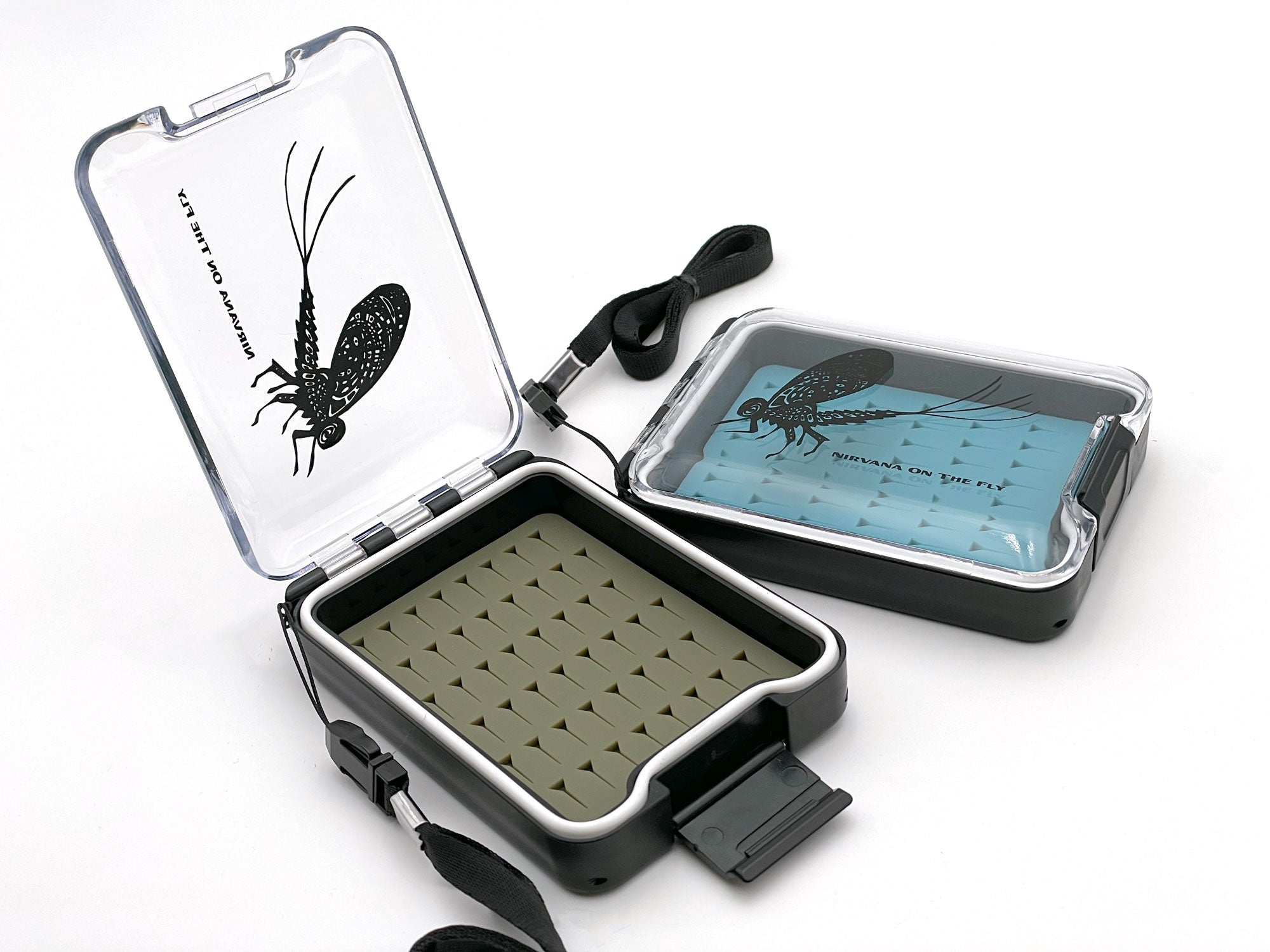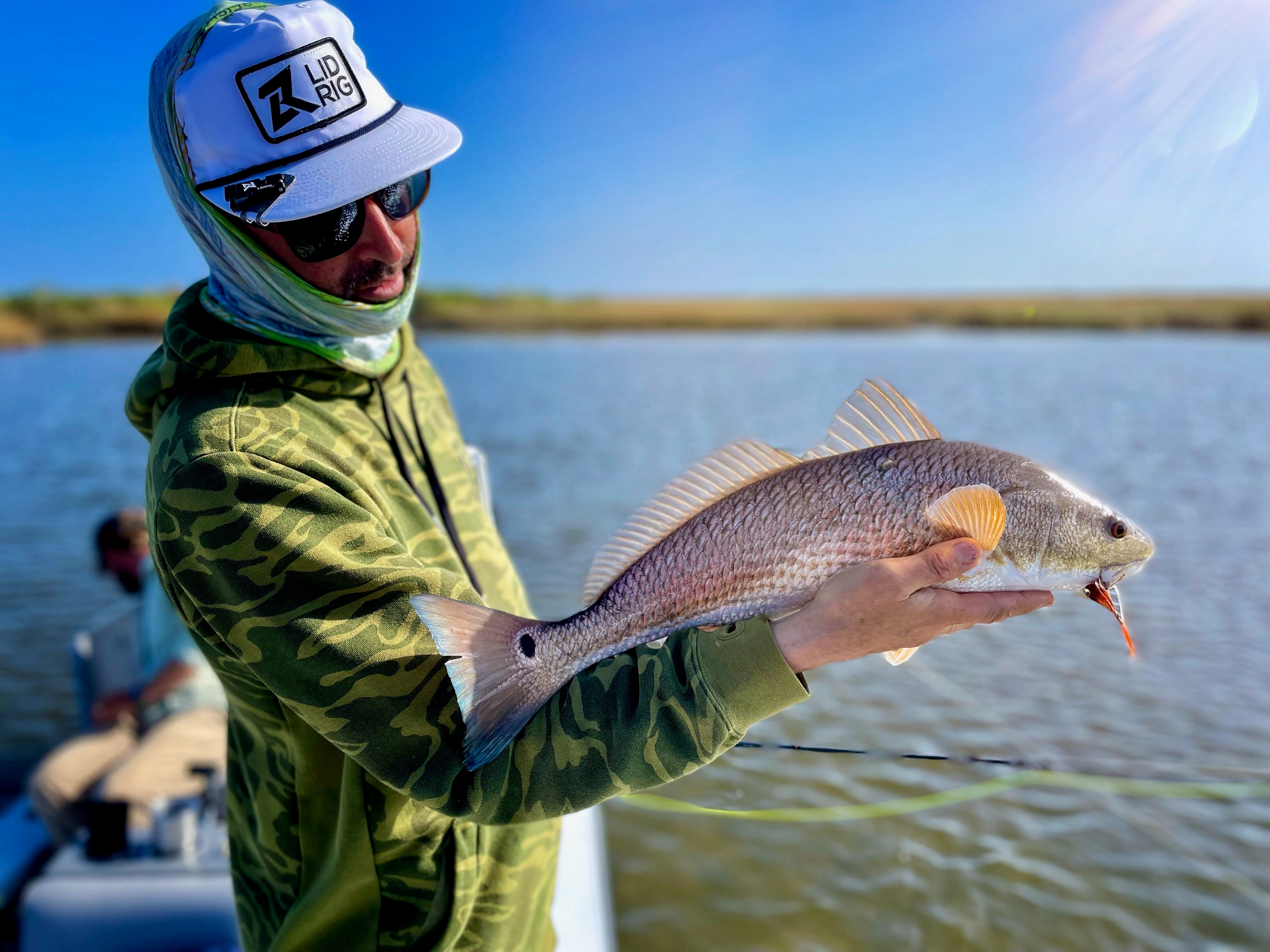Red Drum (Redfish) – Sciaenops ocellatus
Discover the captivating world of the Red Drum, commonly known as Redfish, a species beloved by fly fishing anglers and marine enthusiasts alike. Dive into the history, biology, behavior, and irresistible appeal of the Redfish. Whether you're an experienced angler or a curious nature lover understanding more about this remarkable species is sure to make your day.
Prior to all the details about the species let's first take a look at a handful of FAQs that fly fishing anglers have and get those answered for you. This will give you a bit of peace of mind as you read on and discover all the intricacies of the Redfish species. Here are 10 of the most frequently asked questions by fly fishing anglers specifically targeting Redfish:
View this post on Instagram
- What Fly Patterns Are Most Effective for Redfish?
- What is the Best Time of Year to Fly Fish for Redfish?
- What Type of Fly Rod and Line Should I Use for Redfish?
- How Can I Identify Redfish Habits and Feeding Patterns?
- Are There Specific Techniques for Sight Fishing Redfish?
- What Are Some Key Tips for Successfully Catching Redfish on the Fly?
- How Do I Handle and Release Redfish to Ensure Their Survival?
- What Are the Best Areas to Target Redfish?
- Do Weather Conditions Affect Redfish Behavior?
- Are There Any Legal Regulations I Should Be Aware of When Fishing for Redfish?
Okay, let's get into the details. You now know the answers to the more common questions but let’s learn the details around the species and consider that when fly fishing for Redfish.
History of the Red Drum and Fly Fishing
The Red Drum's history is rich and intertwined with coastal cultures, especially in the southeastern United States. Known for their distinctive spot near the tail and robust body, Redfish have long been a popular target for recreational and commercial fishing. Their presence in folklore and cuisine highlights their cultural significance. Early records of Redfish date back several centuries, with Native American tribes and European settlers both valuing them as a food source. Believe it or not, when prepared correctly a pup size redfish can be delightful to the pallet.
Biology and Anatomy Redfish
Understanding the anatomy and physiology of the Red Drum
Body Structure: Redfish are known for their stout, high-backed body, which is capable of handling strong currents and shallow waters. The large shoulders allow them to make intense runs with tons of power when hooked.
Distinctive Spot: Most Redfish have a distinctive black spot near the base of the tail, which is thought to confuse predators into attacking the tail instead of the head.
Color Variations: They exhibit various colorations, ranging from a deep reddish-bronze to a lighter, almost silvery hue, and some have a special blue hue that highlights specific areas which are all depending on the environment.
Size and Growth: Red Drum are fast-growing fish, reaching up to 61 cm in their first year. They can grow to be over 45 inches long and weigh up to 51 pounds. A 40 lb redfish is a heck of a catch and will keep you coming back for more.
Habitat and Distribution
Redfish are primarily found in the Atlantic Ocean and the Gulf of Mexico. They thrive in estuaries, lagoons, and shallow coastal waters, often venturing into brackish and even freshwater systems. Key habitats include:
Marshes and Estuaries: These areas provide abundant food and protection for juvenile Redfish.
Shallow Flats: Adult Redfish often hunt in these areas, preying on crabs, shrimp, and small fish.
Feeding Habits of Redfish
The Red Drum's diet is diverse and changes as they grow:
- Juveniles: They typically consume small fish, crabs, and shrimp.
- Adults: Larger Redfish may feed on mullet, pinfish, and larger crustaceans.
- Feeding Techniques: Redfish are known for their bottom-feeding habits, often rooting around and disturbing the sediment to find prey. These are the tailing Redfish we live for. Be ready to put a nice cast out to one eating and watch all the details of the fish noticing, turning, and smashing your fly with a gill flair that is hard to forget.
View this post on Instagram
Behavior and Lifecycle
Understanding the lifecycle and behavior of Redfish is essential for conservation efforts:
Spawning: Redfish typically spawn in the fall, with females releasing millions of eggs into the water.
Juvenile Development: After hatching, the larvae are carried into estuarine environments where they grow and mature.
Migratory Patterns: While some Redfish are known to migrate short distances, many are relatively stationary, staying within a specific estuarine system. The larger bulls will typically travel more and out of common feeding zones during these periods.
Conservation and Management
The popularity of Redfish as a game fish has led to various conservation efforts:
Regulatory Measures: Size and limits have been implemented to ensure sustainable populations.
Habitat Protection: Conservation of estuaries and coastal habitats is crucial for the survival of Redfish populations.
Research and Monitoring: Ongoing studies help manage and protect Redfish, ensuring their availability for future generations.
The Theodore Roosevelt Conservation Partnership is a great place to learn more about conservation efforts related to Redfish. This article on the steps that Louisiana has taken is really interesting.
Recreational Fly Fishing Appeal
The Red Drum is a prized catch for many reasons:
Fight and Strength: Known for their powerful runs and endurance, they offer a challenging and rewarding experience.
Accessibility: Redfish can be caught from boats, piers, and even on foot, making them accessible to a wide range of anglers.
Catch and Release: Many anglers practice catch and release to help sustain healthy populations.
Eating Likelihood: Redfish have a high propensity to eat when presented with a fly. Due to their aggressive nature and the ability to approach them in murky water, they very well may be the best species to start your saltwater fly fishing passion with.
View this post on Instagram
Culinary Value
In addition to being a sport fish, Red Drum are also valued for their culinary appeal:
Taste Profile: Redfish are known for their mild, sweet flavor and medium-firm texture.
Cooking Methods: They can be grilled, broiled, blackened, or used in stews and soufflés, making them a versatile choice for seafood enthusiasts.
Local Preparation: Because of the popularity it is common for local restaurants to cook your catch. Find out ahead of time, only take what you need, and reserve the spot for pup-sized fish as a conservation effort.
The Red Drum or Redfish, with its rich history, fascinating biology, and significant cultural and recreational importance, remains a beloved species among anglers and conservationists. Whether you're casting a line in the hopes of a thrilling catch or exploring the marshy habitats where these fish thrive, the Redfish promises an enriching and engaging experience. When in these beautiful places, don’t forget to look around and observe the plethora and diversity of life around you. Enjoy what the rich environment has to offer and take that memory home.
Another target species when hunting Redfish is Sheepshead. Take a look at this article because if you target Redfish, you'll definitely see Sheepshead and boy what a target they are too. Here

By Christian Bacasa
Host of the Fly Fishing Insider Podcast
www.ffipodcast.com
@flyfishinginsiderpodcast
@dupeafish


